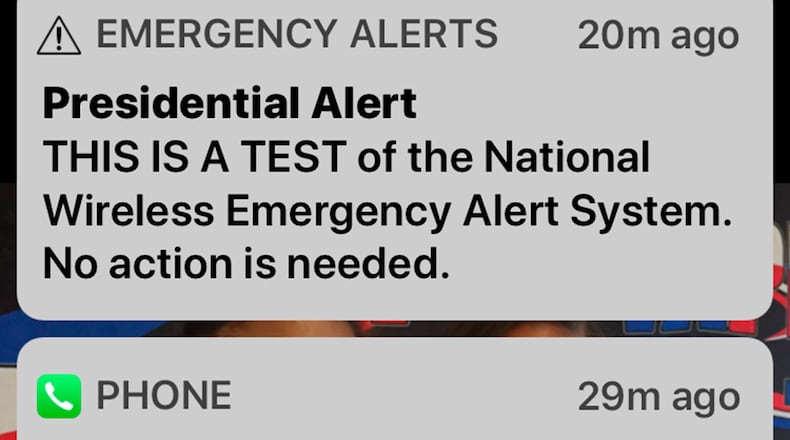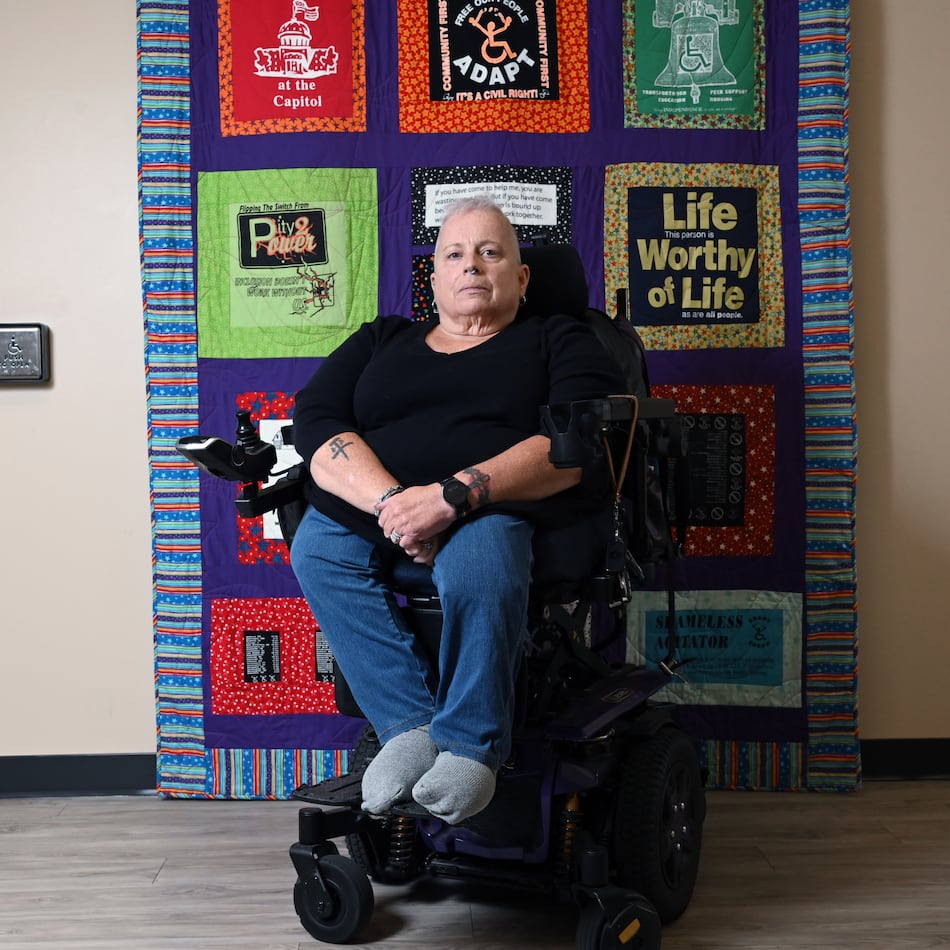Shortly after 2 p.m. Wednesday, most cellphones should light up with a test message from the National Wireless Emergency Alert System. It’s not the first time the system has been used, but this round of nationwide testing is attracting conspiracy theories.
The Federal Emergency Management Agency and Federal Communications Commission will send a message in English or Spanish — depending on the phone’s language settings — to all consumer cell phones, according to FEMA.
That’s assuming the phone owner’s wireless provider agreed to participate (most have, but it’s not required, according to the FCC), and the phone is turned on and is within range of a cell tower.
The first wireless alert test went out in October 2018, followed by another in August 2021. It’s required to be tested at least once every three years.
This time around, however, the nationwide alert is preceded by conspiracy claims falsely connecting it to COVID-19 vaccines.
Rumors on social media urge people to shut off their phones the day of the test, claiming the signal will “activate nanoparticles” inserted by vaccinations — an assertion that microbiologists and infectious disease specialists reject as laughable, according to The Associated Press.
The audio signal for the alert is the same as has been used since 1963 when President John F. Kennedy established the Emergency Broadcast System, FEMA spokesperson Jeremy Edwards told the AP. Its latest use is for the national Wireless Emergency Alerts system, established in 2008. The WEA system became operational in 2012, according to the FCC.
Since then local, state and federal agencies have used the WEA system more than 84,000 times to issue warnings on dangerous weather, missing children and other emergencies, an FCC news release said.
Wireless customers are not charged for receiving WEA messages, the FCC said.
At about the same time as the cell phone alert, a similar emergency alert will go out on radio and TV. It will last about a minute, according to FEMA.
In case Wednesday’s test is postponed due to severe weather or other actual emergencies, it will be held on Oct. 11 instead.
About the Author
Keep Reading
The Latest
Featured



